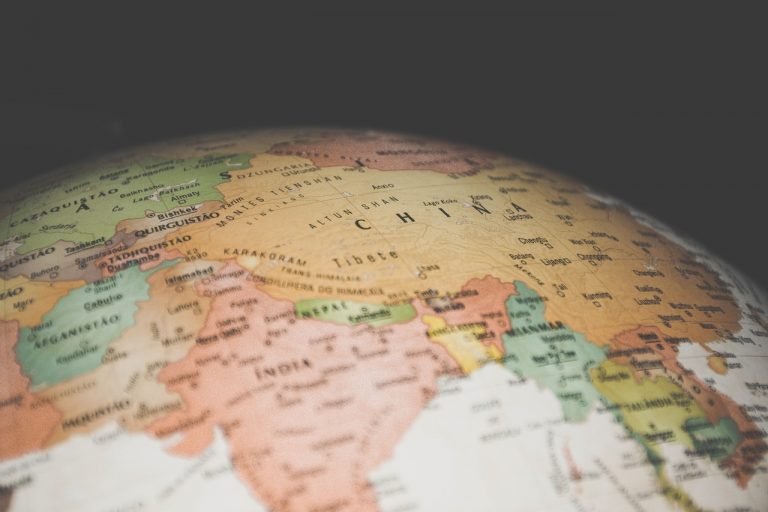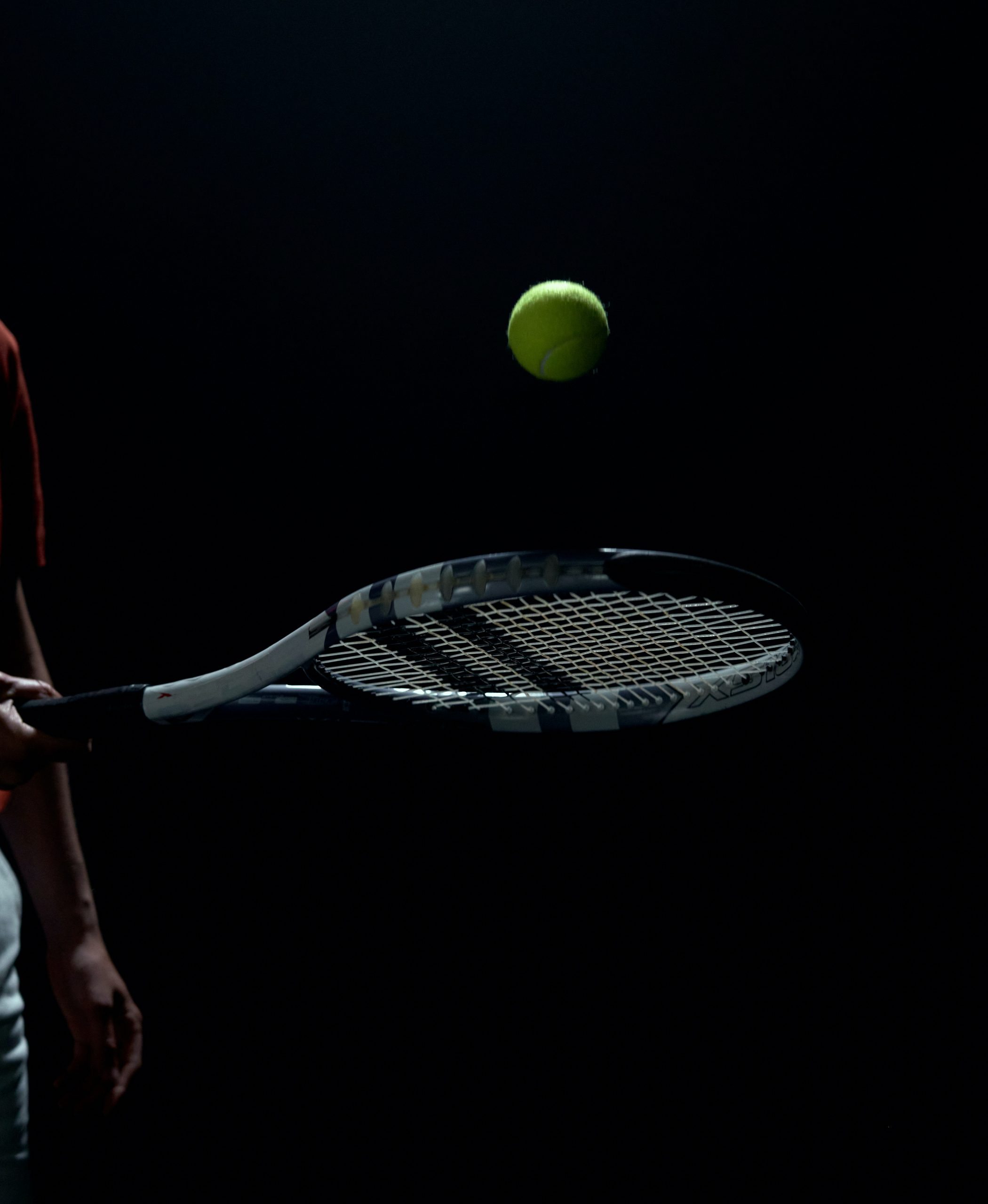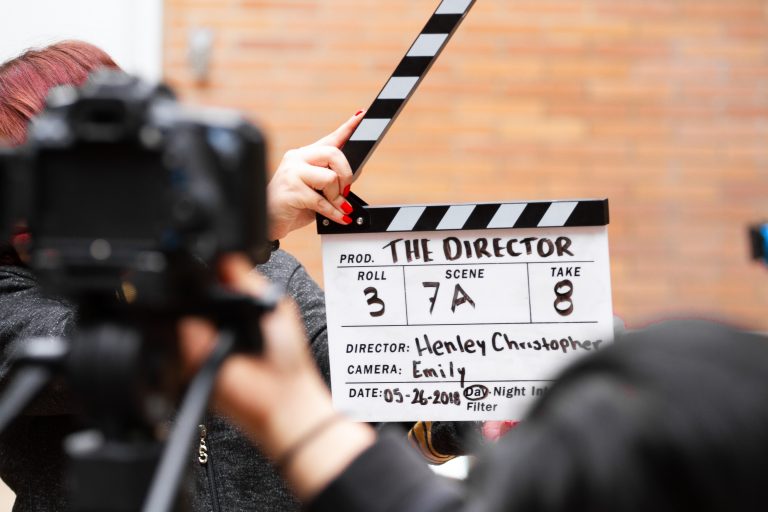Baseball Umpires: A Need to Bring More Minority Representation
Baseball umpires are an essential part of the sport due to their ability to make decisions on difficult plays and enforce the game’s rules. MLB should address umpire diversity alongside player diversity.
Professional baseball could not work if no impartial official called close plays and made judgment calls. Umpires serve this essential function and are as crucial to the game as each player on each team. While Major League Baseball (MLB) has apparent issues of diversity and inclusivity with African American and Asian players, the problem is also resonating among game officials.
Umpire Diversity
Out of the current 79 full-time umpires highlighted on the official page, only 3 are African American, and 9 are Latino. This statistic makes them roughly 15% of the league umpires. There is only one Latino and one black umpire in crew chief positions out of 19 crew chiefs. There are no Asian umpires and no female umpires in the majors.
Issues of Representation
Umpire Bias
Team managers can challenge umpire calls by reviewing the playback video. However, on the most fundamental part of the game, ball and strike calls, umpires use their senses to decide on pitches ranging from 70-100 mph.
With talks to start using Robot Umpires as early as 2024, a study analyzed the impact of this lack of technology on African American, Latino, and Asian players. The study finds a presence of racial bias in ball and strike calls. Home plate umpires will be more likely to make a good call to a player of their demographic background. Non-white players are impacted the most because 90% of umpires in the past thirteen seasons have been white.
Female Umpires
In the 60s, a professional baseball league rejected a woman who would then go on to become the first female umpire in a professional league. After court settlements, she was allowed in the sport, only to resign, stating a lack of respect by other umpires.
This story paves the way to a more accepting environment where players and officials are more welcoming of female presence in the sport. However, baseball has not seen a female official at the major league level, unlike the NFL and NBA. The closest a woman has come is at the Triple-A level. As of 2018, only two female umpires are in the minor-league system.
Low Minority Promotions
In 2017, umpire Angel Hernandez sued MLB regarding his lack of post-season game assignment despite high performance throughout the regular season. The suit expanded on the lack of diverse officiating in the game, with only one non-white umpire as part of a World Series since 2011. While Hernandez lost his suit in 2021, he pointed out concerning aspects of the lack of diversity in the sport.
How is MLB expanding Umpire Diversity?
In 2020, MLB announced its first crew chief Latino and Black umpires. MLB also announced its first Dominican full-time umpire.
The most groundbreaking step is increasing Robot Umpires or “automated ball-strike systems” across minor leagues. While not to be implemented in the majors until 2024, this could significantly reduce racial bias across the game. MLB senior vice-president states, “We do want to be reflective of our playing community and the overall community; that includes: an effort to find additional Hispanic umpires, but also a big push to try to get more women.'”
Hearing an MLB official make these remarks is essential to accomplishing greater inclusivity markers in the future of the sport.
MLB is offering free umpiring clinics to bring more women and people of color into the sport to aid this process. Along with the Youth Academies in inner cities, MLB also hosts these umpiring clinics in underserved communities.
Baseball umpiring is a white-dominated profession, despite some great talent by people of color. MLB will have to push to bring more diversity into the sport in general, and approaching today’s youth is essential to this end.





